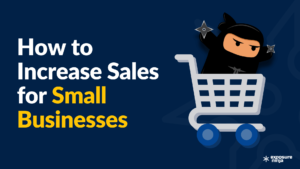
How to Increase Online Sales for Small Business: Proven Strategies
Businesses you a small business owner looking to boost your online sales? You are in

Businesses you a small business owner looking to boost your online sales? You are in
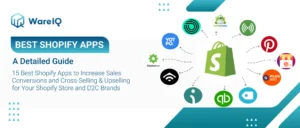
If you have a Shopify store, you want more sales. Getting more sales can be
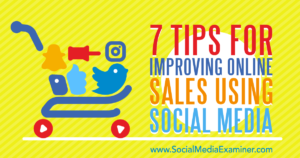
Do you want to know how to increase online sales through social media? Social
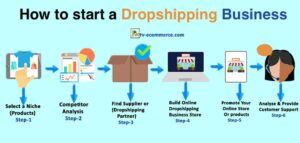
Setting up a dropshipping business can be a fun and profitable venture. This guide
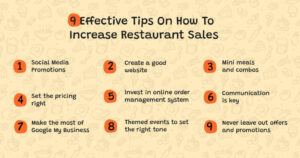
Are you looking for ways to boost your sales? Here are 5 ways to increase

Are you looking for ways to increase your online sales on Facebook? Look no further!

Are you looking for Cheap VPS Hosting? In this article, we will explore a fantastic

Review Are you looking for the best cloud server for your website? Look no further!

Finding the best WordPress hosting can be a game-changer for your website. You want
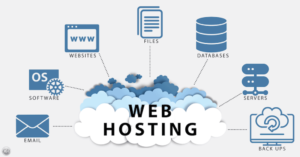
When it comes to creating a website, choosing the right Website Hosting Services is

Are you looking for Cheap Web Hosting services? If yes, you’re in the right

Finding the right web hosting for your small business is crucial. You want a
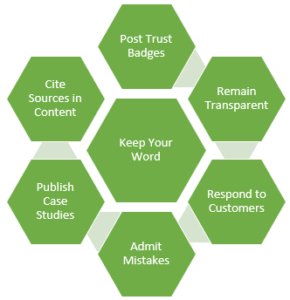
Are you looking to boost your online sales quickly? Increasing online sales can seem tricky,

Running a restaurant is an exciting but challenging venture. The restaurant business is very competitive.

Elon Musk, a visionary entrepreneur, is the CEO of SpaceX and Tesla, Inc. Known

Are you looking for the best-dedicated server hosting? Look no further! This article will

The restaurant business is booming. It is one of the most competitive industries today. Like

Where can I get a good pizza? Google it! What’s the best Indian place near

Table reservation is important for several reasons. First, it ensures that you will have a
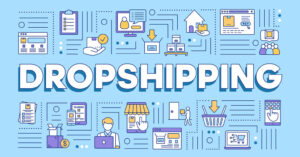
There are a number of ways to increase sales in a dropshipping business. One way